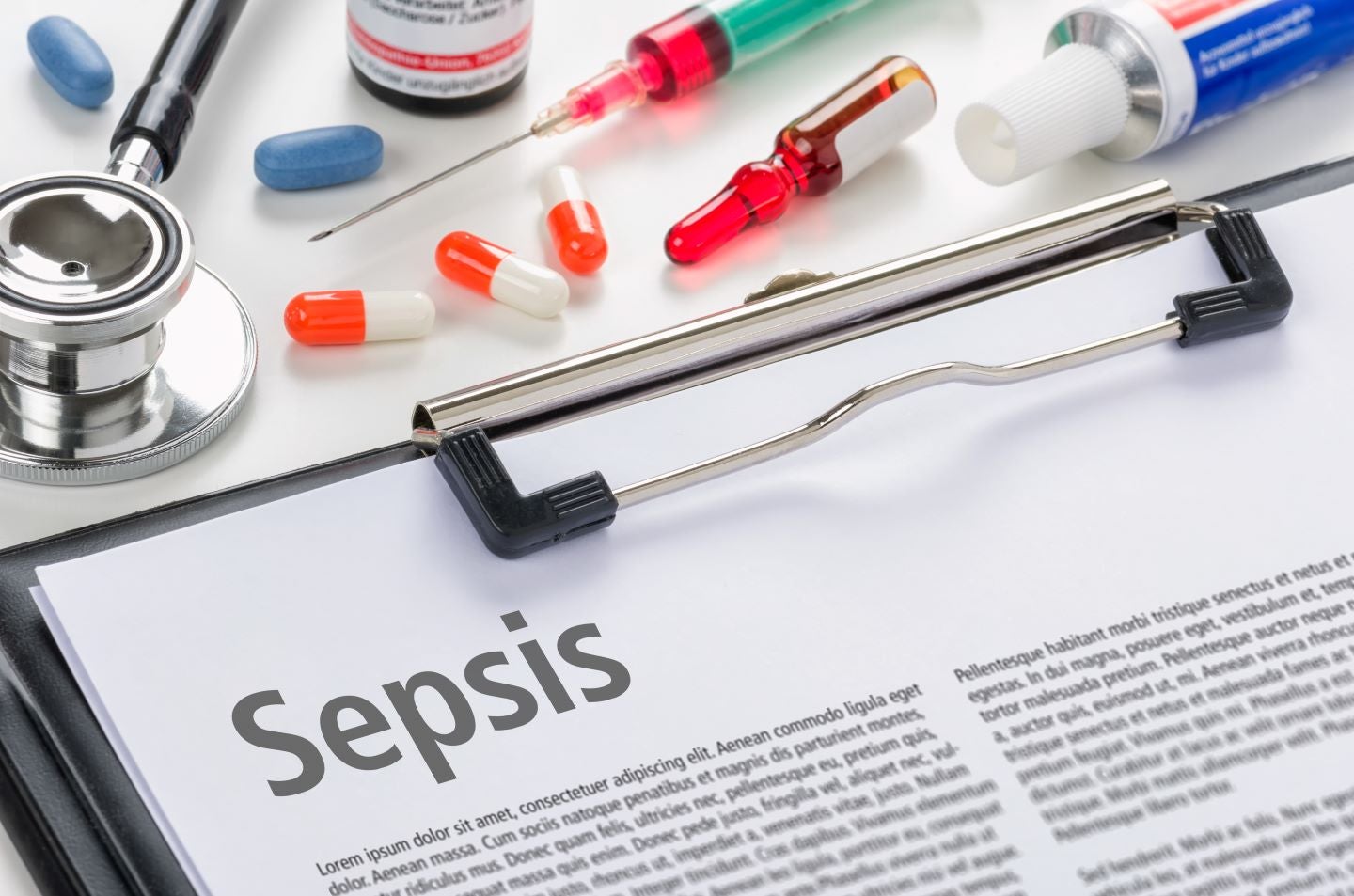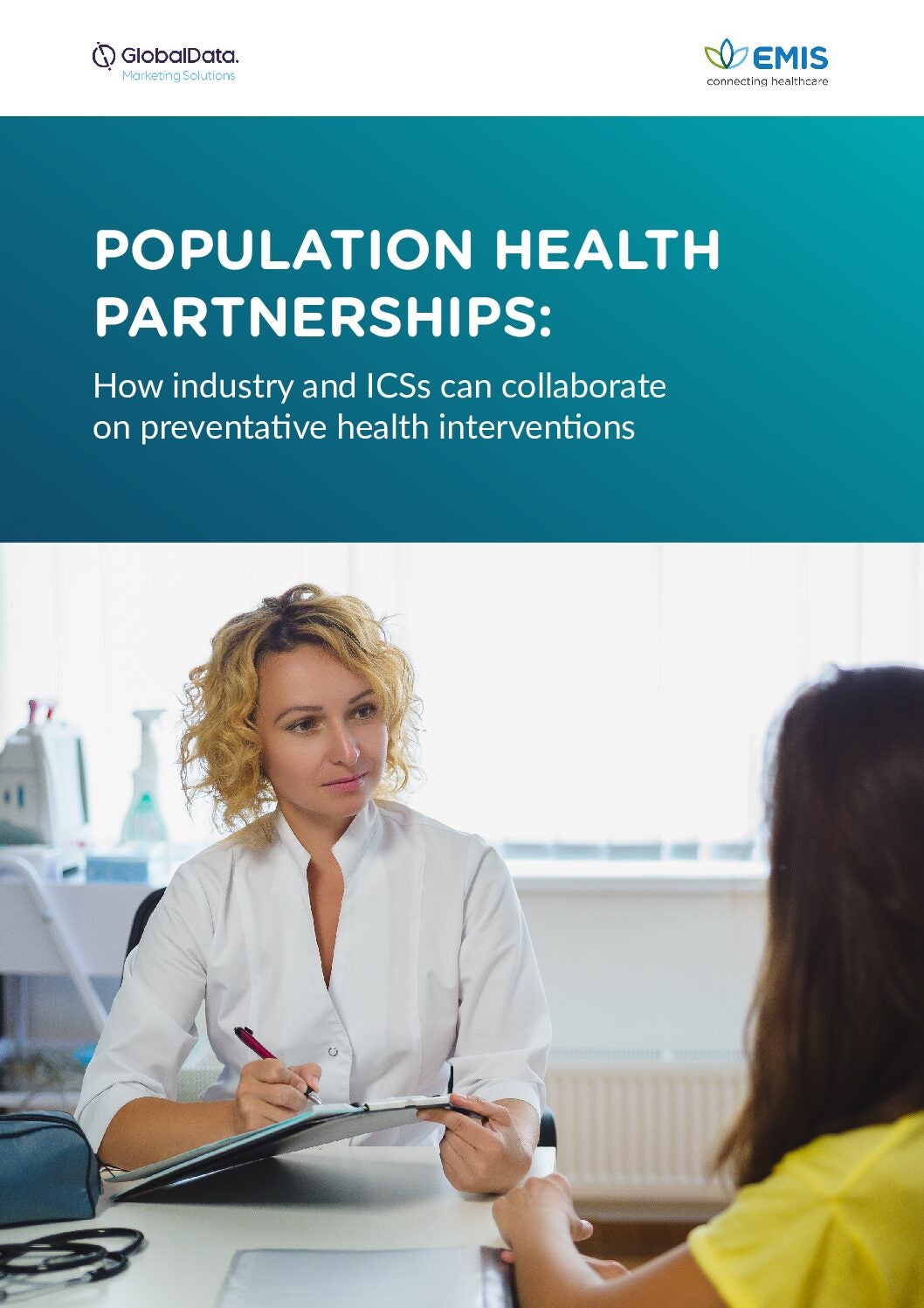World Sepsis Day, marked on September 13 each year, serves as an urgent reminder to raise awareness about this life-threatening condition. Over 7,000 facilities and organizations around the world are expected to take part in World Sepsis Day, hosting events such as the provision of medical education, sporting activities, and fundraising events. These events provide an important opportunity to enhance poor understanding and awareness of sepsis among healthcare professionals and the public.
Sepsis arises from an overreactive immune response to an infection, causing the body to mistakenly attack itself, and can result in tissue damage, organ failure, and eventual death. Early symptoms of this multi-faceted condition are non-specific and include shortness of breath, high fever, pain, disorientation, and weakness. It can progress to severe sepsis when there are signs of organ dysfunction and tissue damage, such as breathing difficulties, little to no urine output, abnormal liver results, and changes in mental status. Septic shock, the most severe form, is diagnosed when blood pressure drops to critical levels. This is associated with a high mortality rate. The rapid progression from early sepsis to septic shock necessitates swift diagnosis and intervention.
How well do you really know your competitors?
Access the most comprehensive Company Profiles on the market, powered by GlobalData. Save hours of research. Gain competitive edge.

Thank you!
Your download email will arrive shortly
Not ready to buy yet? Download a free sample
We are confident about the unique quality of our Company Profiles. However, we want you to make the most beneficial decision for your business, so we offer a free sample that you can download by submitting the below form
By GlobalDataSepsis continues to pose significant challenges to healthcare systems worldwide and remains a leading cause of mortality. According to the World Health Organization (WHO), there are approximately 11 million sepsis-related deaths every year, accounting for one in five deaths worldwide. However, key opinion leaders interviewed by GlobalData in 2021 emphasised that public awareness of sepsis remains low. Sepsis is a somewhat preventable illness, and more is needed to educate individuals on the disease and the methods of prevention, which include good hygiene, infection control, and keeping up-to-date with recommended vaccinations. Furthermore, timely intervention is crucial, but the limited awareness surrounding the condition represents a barrier to early recognition and treatment and therefore contributes to the high mortality rate.
Treatment of sepsis predominately relies on the use of generic medicines such as antimicrobials together with supportive therapies, such as fluids or immunomodulators. Yet the lack of drugs that are specifically used to treat the pathophysiological features of sepsis represents another pressing unmet need in this therapy area. Movement in the sepsis market has been slow and only one drug has reached the market in the last 20 years. La Jolla’s Giapreza (angiotensin II acetate) was approved in 2017 for the treatment of hypotension in patients with septic or other distributive shock. In addition, multiple high-profile drugs in the sepsis market have failed to meet their primary endpoints in clinical trials and have therefore been withdrawn. For example, Eisai’s eritoran tetrasodium, AstraZeneca and BTG’s Cytofab (AZD-9773), and Agennix’s talactoferrin alfa were all discontinued as a result of their poor safety or efficacy profiles. However, according to GlobalData’s pipeline drug database, there are currently 168 drugs in the pipeline, 25 of which are in late-stage development (Phase II, Phase III, or pre-registration stage). The expansive number of drugs in the pipeline means that there is potential for sepsis to become more treatable in the near future. These drugs include Adrenomed AG’s adrecizumab (a monoclonal antibody targeting adrenomedullin), Inotrem SA’s Motrem (a triggering receptor expressed on monocytes [TREM]-1 inhibitor), and RevImmune SAS’s CYT107 (an interleukin [IL)-7 agonist), all of which are currently in Phase II development. Across the seven major markets (7MM) (the US, France, Germany, Italy, Spain, the UK, and Japan), GlobalData projects that collective revenues for adrecizumab, Motrem, and CYT107 will reach $2.2 billion by 2030, while total sales for sepsis and septic shock will reach $7.5 billion. It is hoped that World Sepsis Day will contribute towards a growing awareness of the disease in order to promote early detection and improve disease management, and encourage further research into new pharmaceutical therapies.










Related Company Profiles
AstraZeneca Plc
Eisai Co Ltd
Eisai Inc